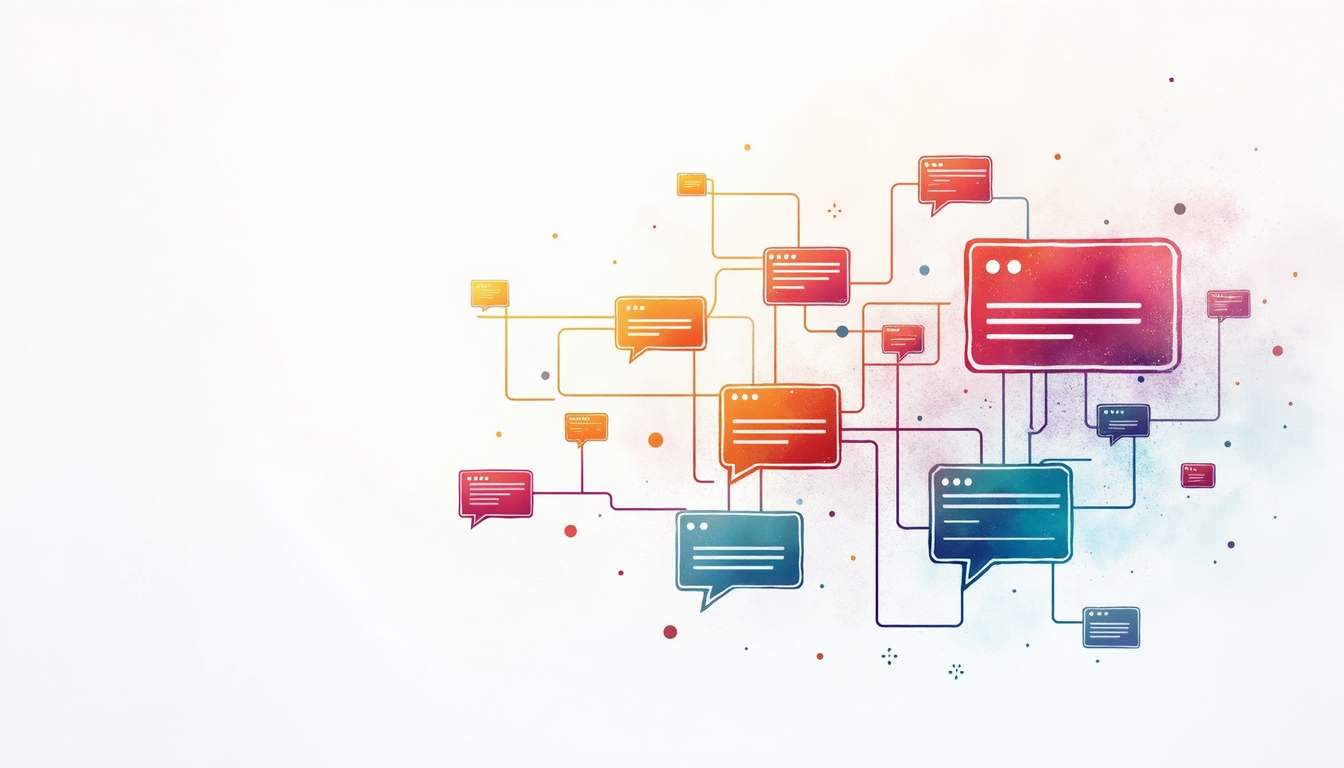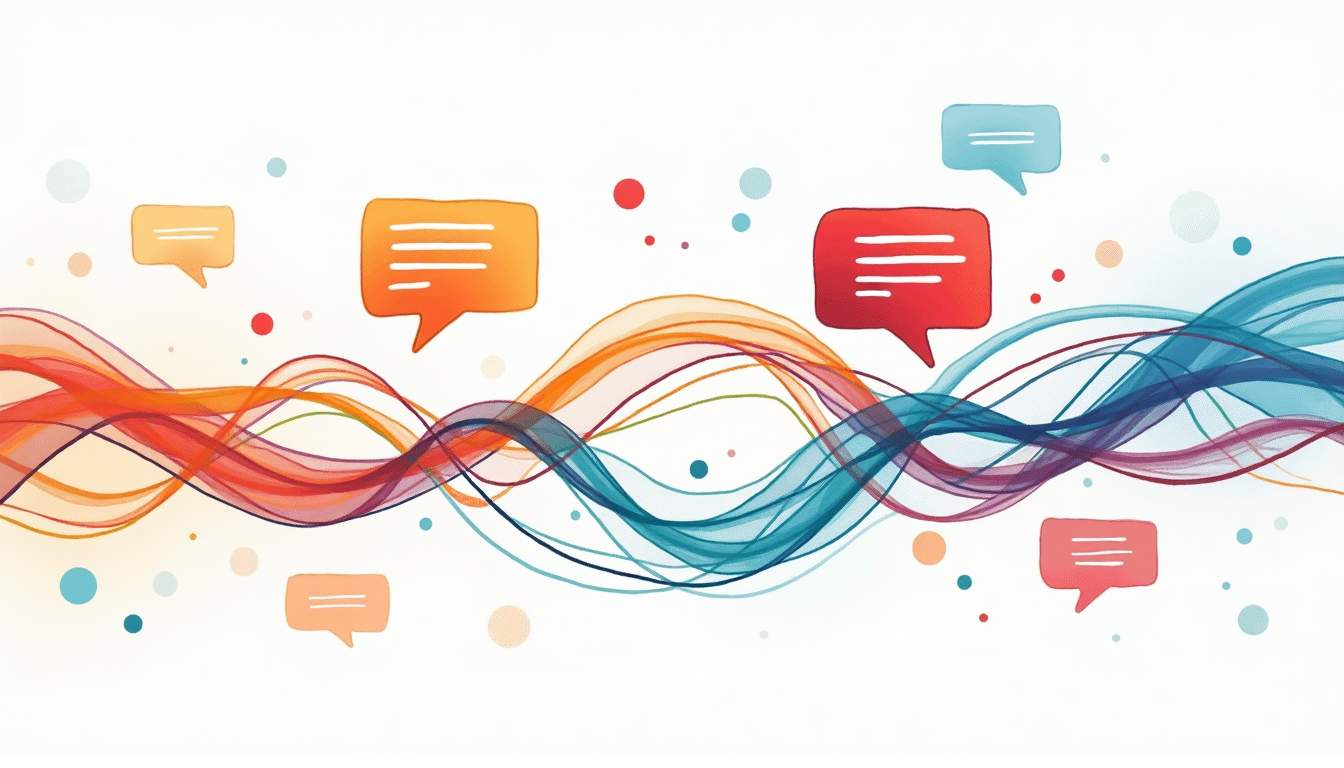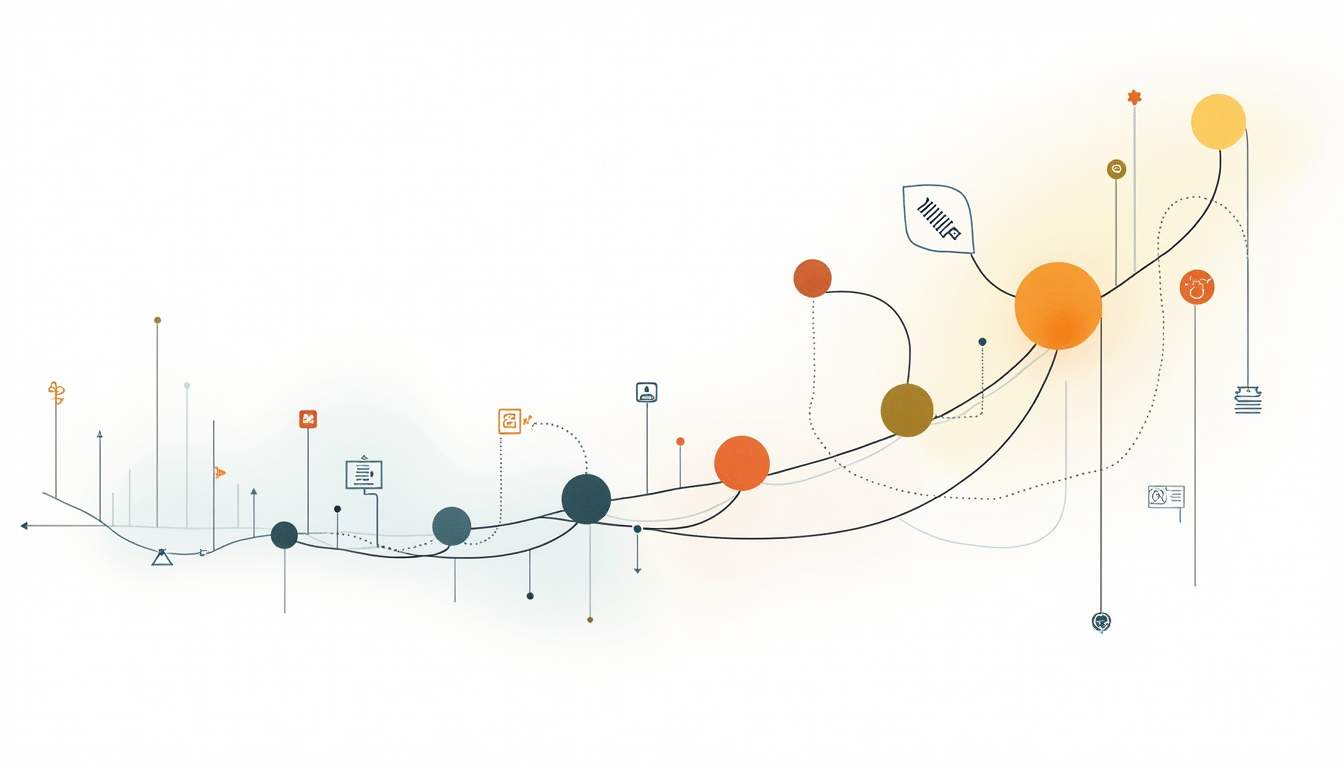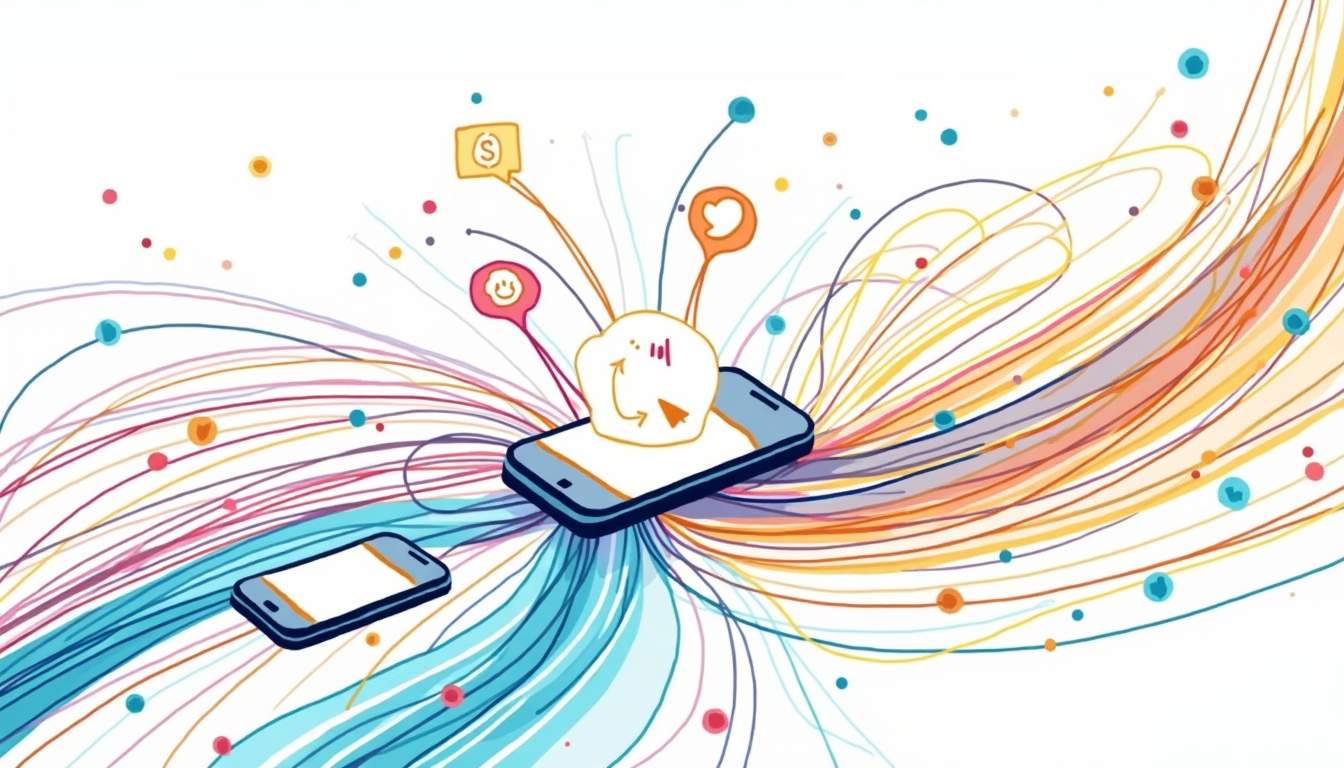In today's fast-paced digital world, capturing and maintaining user attention is more challenging than ever. With countless apps and websites competing for a moment of focus, businesses and developers are constantly seeking innovative ways to engage their audience. One of the most effective tools in this arsenal is real-time notifications. These instant alerts can dramatically improve how users interact with platforms, fostering deeper engagement and enhancing overall experience.
This article explores how real-time notifications work, why they are essential for modern digital products, and best practices for leveraging them without overwhelming users.
Understanding Real-Time Notifications
What Are Real-Time Notifications?
Real-time notifications are immediate alerts sent to users to inform them about important updates, events, or actions requiring their attention. Unlike traditional notifications that may be delayed or batched, real-time notifications are delivered instantly as something relevant happens. They can appear as push notifications on mobile devices, in-app alerts, desktop notifications, or even SMS messages.
 For example, a social media app might send a real-time notification when someone likes or comments on a user’s post. An e-commerce platform could notify a shopper instantly when an item in their cart goes on sale or when a shipment is out for delivery. These timely messages keep users informed and encourage them to take immediate action. Beyond social media and e-commerce, real-time notifications are also crucial in sectors like finance, where stock price changes or transaction alerts can significantly impact user decisions. In healthcare, notifications about patient vitals or medication reminders can enhance patient safety and engagement.
For example, a social media app might send a real-time notification when someone likes or comments on a user’s post. An e-commerce platform could notify a shopper instantly when an item in their cart goes on sale or when a shipment is out for delivery. These timely messages keep users informed and encourage them to take immediate action. Beyond social media and e-commerce, real-time notifications are also crucial in sectors like finance, where stock price changes or transaction alerts can significantly impact user decisions. In healthcare, notifications about patient vitals or medication reminders can enhance patient safety and engagement.
The Technology Behind Real-Time Notifications
Delivering notifications in real time requires a robust backend infrastructure capable of processing events and pushing updates without delay. Technologies such as WebSockets, server-sent events (SSE), and push notification services play a critical role in enabling this instant communication.
WebSockets, for instance, establish a persistent connection between the client and server, allowing data to flow freely in both directions. This means the server can push notifications the moment an event occurs, rather than waiting for the client to request updates. Similarly, push notification services from platforms like Apple, Google, and Microsoft provide the framework to send alerts directly to devices, even when the app is not actively in use. Additionally, the implementation of cloud computing has further revolutionized the delivery of real-time notifications, allowing for scalable solutions that can handle vast amounts of data and user interactions simultaneously. This scalability is essential for applications that experience spikes in user activity, such as during major events or sales, ensuring that notifications are delivered promptly without system overloads.
The Impact of Real-Time Notifications on User Engagement
Driving Immediate User Action
One of the most significant advantages of real-time notifications is their ability to prompt users to act quickly. When users receive timely alerts about new messages, offers, or content updates, they are more likely to open the app or website and engage with the platform. This immediacy helps convert passive users into active participants.
 For example, a news app sending breaking news alerts in real time can encourage users to read articles as events unfold. Similarly, a gaming app notifying players about limited-time challenges or rewards can boost participation and retention. These notifications can create a sense of urgency, compelling users to act before an opportunity slips away. The psychological principle of scarcity plays a crucial role here; when users believe that an offer or event is time-sensitive, they are more inclined to engage immediately, thereby increasing the likelihood of conversion and interaction.
For example, a news app sending breaking news alerts in real time can encourage users to read articles as events unfold. Similarly, a gaming app notifying players about limited-time challenges or rewards can boost participation and retention. These notifications can create a sense of urgency, compelling users to act before an opportunity slips away. The psychological principle of scarcity plays a crucial role here; when users believe that an offer or event is time-sensitive, they are more inclined to engage immediately, thereby increasing the likelihood of conversion and interaction.
Enhancing Personalization and Relevance
Real-time notifications can be tailored to individual user preferences and behaviors, making them highly relevant and personalized. By analyzing user data and activity, platforms can send notifications that resonate with each person’s interests, increasing the likelihood of engagement.
Personalized notifications might include reminders about unfinished tasks, alerts about friends’ activities, or recommendations based on past interactions. This level of customization not only improves user satisfaction but also builds a stronger emotional connection between the user and the platform. Furthermore, as users receive notifications that align closely with their interests, they are more likely to feel valued and understood, which can enhance their overall experience. This approach not only encourages immediate action but also fosters long-term loyalty, as users begin to associate the platform with positive and relevant interactions that cater to their unique preferences.
Building Trust and Transparency
When users receive real-time updates about important events, it fosters a sense of transparency and trust. For instance, delivery tracking notifications that inform customers about their order status at every stage provide reassurance and reduce anxiety.
Similarly, financial apps that alert users instantly about suspicious activity or account changes help protect users and demonstrate a commitment to security. This trust can translate into higher user loyalty and long-term engagement. Moreover, consistent and reliable notifications can reinforce a brand's credibility, as users come to expect timely and accurate information. In an age where data breaches and misinformation are prevalent, establishing a trustworthy communication channel through real-time notifications can significantly enhance user confidence. As users feel more secure and informed, they are more likely to engage deeply with the platform, leading to a more robust and interactive user community.
Improving User Experience Through Thoughtful Notification Design
Balancing Frequency and Value
While real-time notifications can boost engagement, overusing them can lead to notification fatigue, where users become annoyed and may disable alerts or abandon the app altogether. Striking the right balance between frequency and value is crucial.
Notifications should be meaningful and relevant, avoiding trivial or redundant messages. Implementing user controls that allow customization of notification preferences can also empower users to manage their experience and reduce frustration.
Optimizing Timing and Context
The timing of notifications plays a vital role in their effectiveness. Sending alerts when users are most likely to engage—such as during breaks or after work hours—can improve response rates. Conversely, notifications sent at inconvenient times may be ignored or cause irritation.
Context-awareness is another important factor. For example, a fitness app might delay sending a workout reminder if it detects the user is currently driving or in a meeting, ensuring notifications arrive when they can be acted upon.
Clear and Concise Messaging
Notification content should be straightforward and easy to understand at a glance. Clear messaging helps users quickly grasp the purpose of the alert and decide whether to engage. Using concise language, actionable prompts, and relevant visuals can enhance clarity and appeal.
For example, instead of a vague alert like “You have a new message,” a more informative notification might say “John sent you a photo.” This specificity encourages users to open the app and interact.
Case Studies: Real-Time Notifications in Action
Social Media Platforms
Social media apps have mastered the use of real-time notifications to keep users connected and engaged. Platforms like Instagram and Twitter send instant alerts about likes, comments, mentions, and direct messages, encouraging users to return frequently and participate in conversations.
These notifications create a dynamic and interactive environment where users feel a continuous connection to their network. The immediacy of updates also helps social platforms maintain high daily active user counts and session lengths.
E-Commerce and Retail
Online retailers use real-time notifications to drive sales and improve customer satisfaction. Alerts about flash sales, price drops, and personalized recommendations can entice shoppers to make purchases. Additionally, shipment tracking notifications keep customers informed and reduce support inquiries.
By integrating real-time notifications into their marketing and customer service strategies, e-commerce businesses can increase conversion rates and build stronger relationships with their audience.
Financial Services
In the financial sector, real-time notifications are critical for security and user confidence. Banks and payment apps send instant alerts for transactions, account changes, and suspicious activities. These notifications help users monitor their finances closely and take immediate action if needed.
Moreover, real-time updates about market trends, stock prices, and investment opportunities enable users to make informed decisions quickly, enhancing the overall experience and engagement with financial platforms.
Future Trends in Real-Time Notifications
Integration with AI and Machine Learning
Artificial intelligence and machine learning are poised to revolutionize real-time notifications by enabling smarter, more predictive alerts. These technologies can analyze vast amounts of user data to anticipate needs and deliver notifications that feel intuitive and timely.
For example, AI could detect when a user is likely to forget an important task and send a gentle reminder, or suggest content based on mood inferred from recent interactions. This level of sophistication will make notifications even more valuable and engaging.
Cross-Platform and Omnichannel Experiences
As users interact with brands across multiple devices and channels, real-time notifications will evolve to provide seamless, synchronized experiences. Whether on a smartphone, desktop, smartwatch, or smart home device, notifications will adapt to the context and preferences of the user.
This omnichannel approach ensures that users receive consistent and relevant information wherever they are, enhancing convenience and engagement.
Privacy and Ethical Considerations
With the increasing use of real-time notifications comes greater responsibility to respect user privacy and data security. Future developments will likely focus on transparent data practices, user consent, and ethical use of personal information to build trust and comply with regulations.
Balancing personalization with privacy will be key to maintaining positive user experiences and long-term engagement.
Conclusion
Real-time notifications have become an indispensable tool for enhancing user engagement and experience across a wide range of digital platforms. By delivering timely, relevant, and personalized alerts, they encourage immediate action, build trust, and foster deeper connections between users and brands.
 However, the power of real-time notifications must be wielded thoughtfully. Striking the right balance in frequency, timing, and messaging is essential to avoid overwhelming users and causing notification fatigue. As technology advances, integrating AI, supporting omnichannel delivery, and prioritizing privacy will shape the future of real-time notifications, making them smarter and more user-centric.
However, the power of real-time notifications must be wielded thoughtfully. Striking the right balance in frequency, timing, and messaging is essential to avoid overwhelming users and causing notification fatigue. As technology advances, integrating AI, supporting omnichannel delivery, and prioritizing privacy will shape the future of real-time notifications, making them smarter and more user-centric.
Ultimately, when designed and implemented effectively, real-time notifications can transform the way users interact with digital products, driving engagement and creating richer, more satisfying experiences.
Take Your User Engagement to the Next Level with MagicBell
Ready to elevate your platform's user experience with real-time notifications? MagicBell is the comprehensive notification inbox solution tailored for your web and mobile applications. By integrating email, web-push, Slack, and mobile push notifications, MagicBell empowers you to captivate your audience effortlessly. With our user-friendly API and React SDK, you can get started in just minutes. Sign up for free today and discover the impact of effective multi-channel notifications on user engagement.
